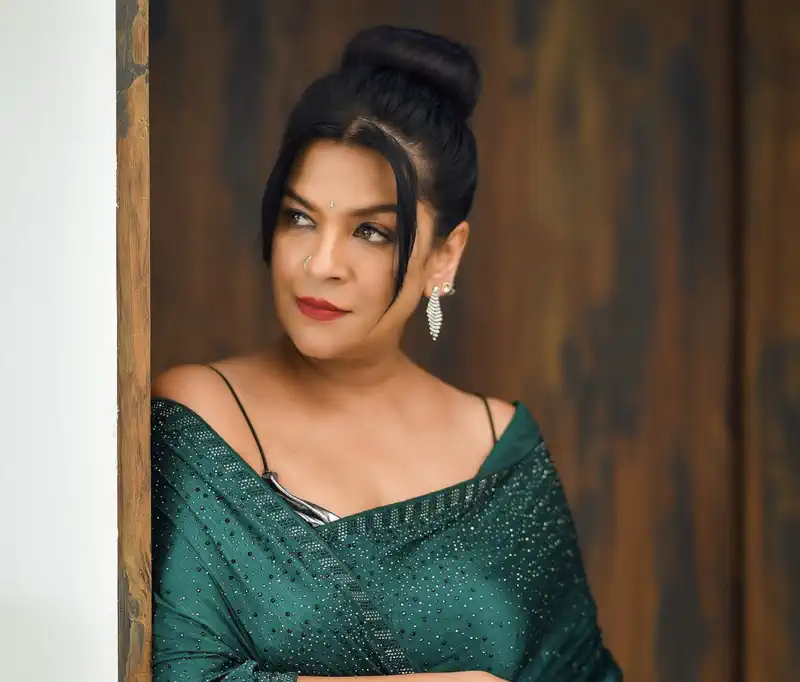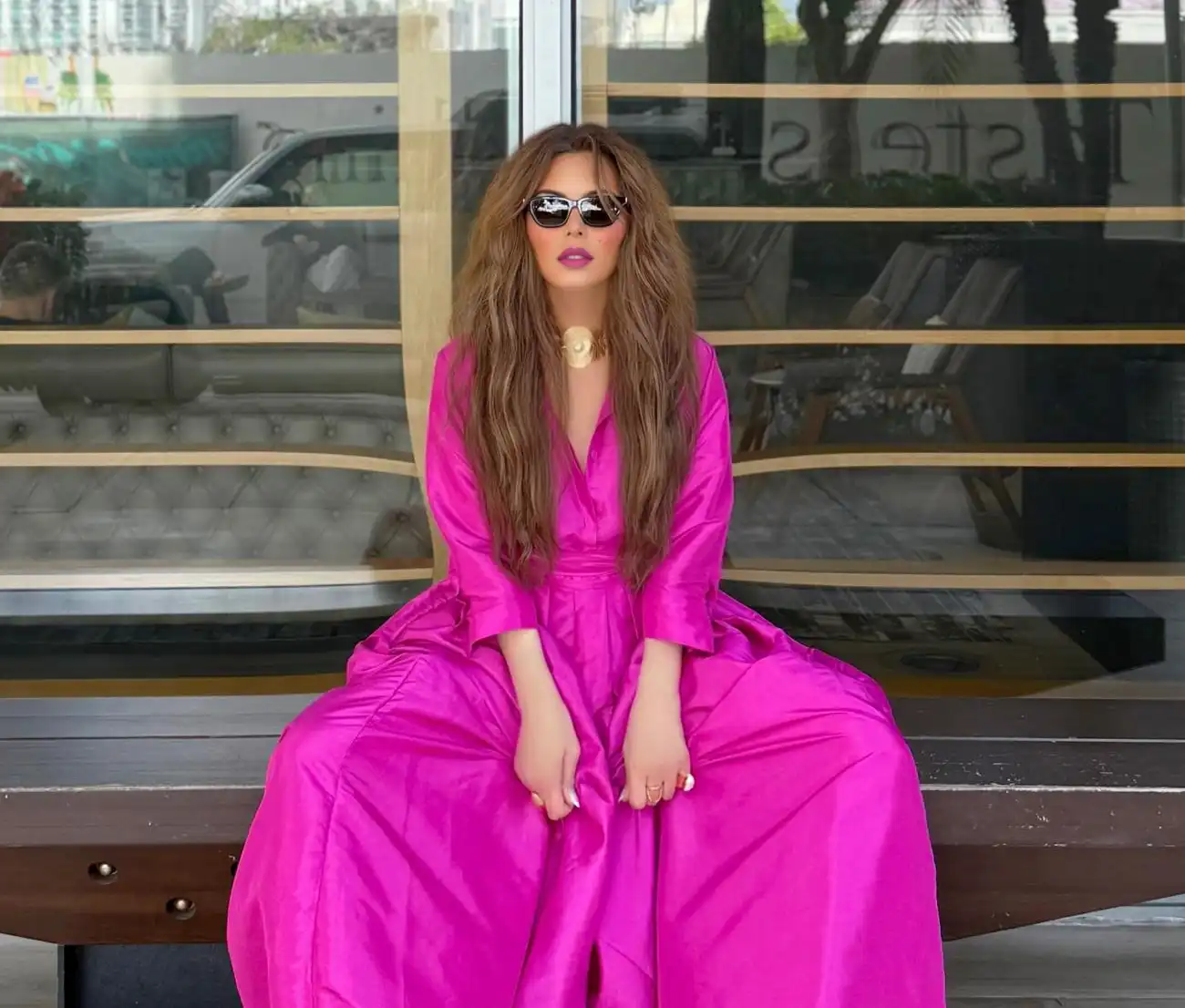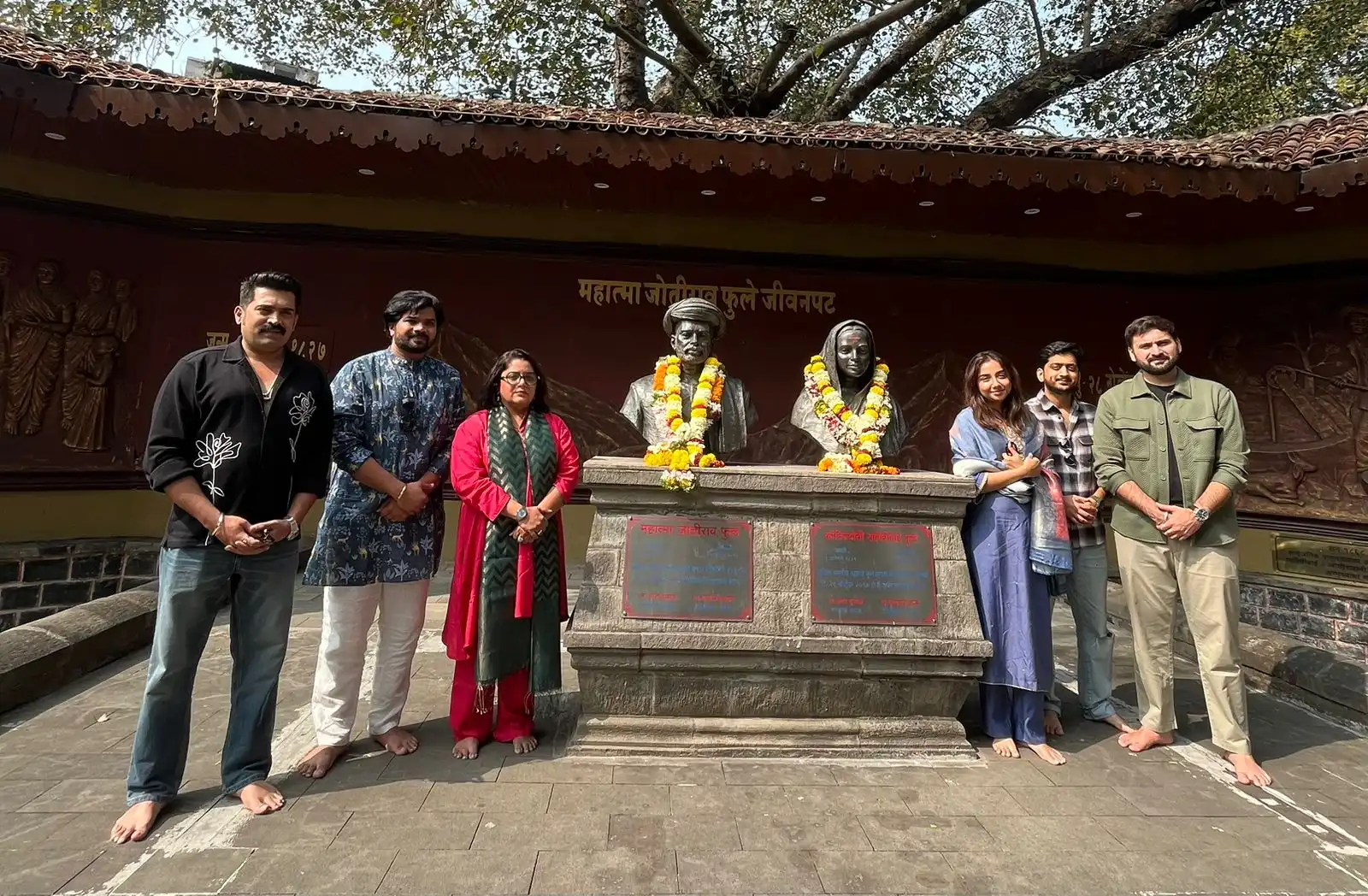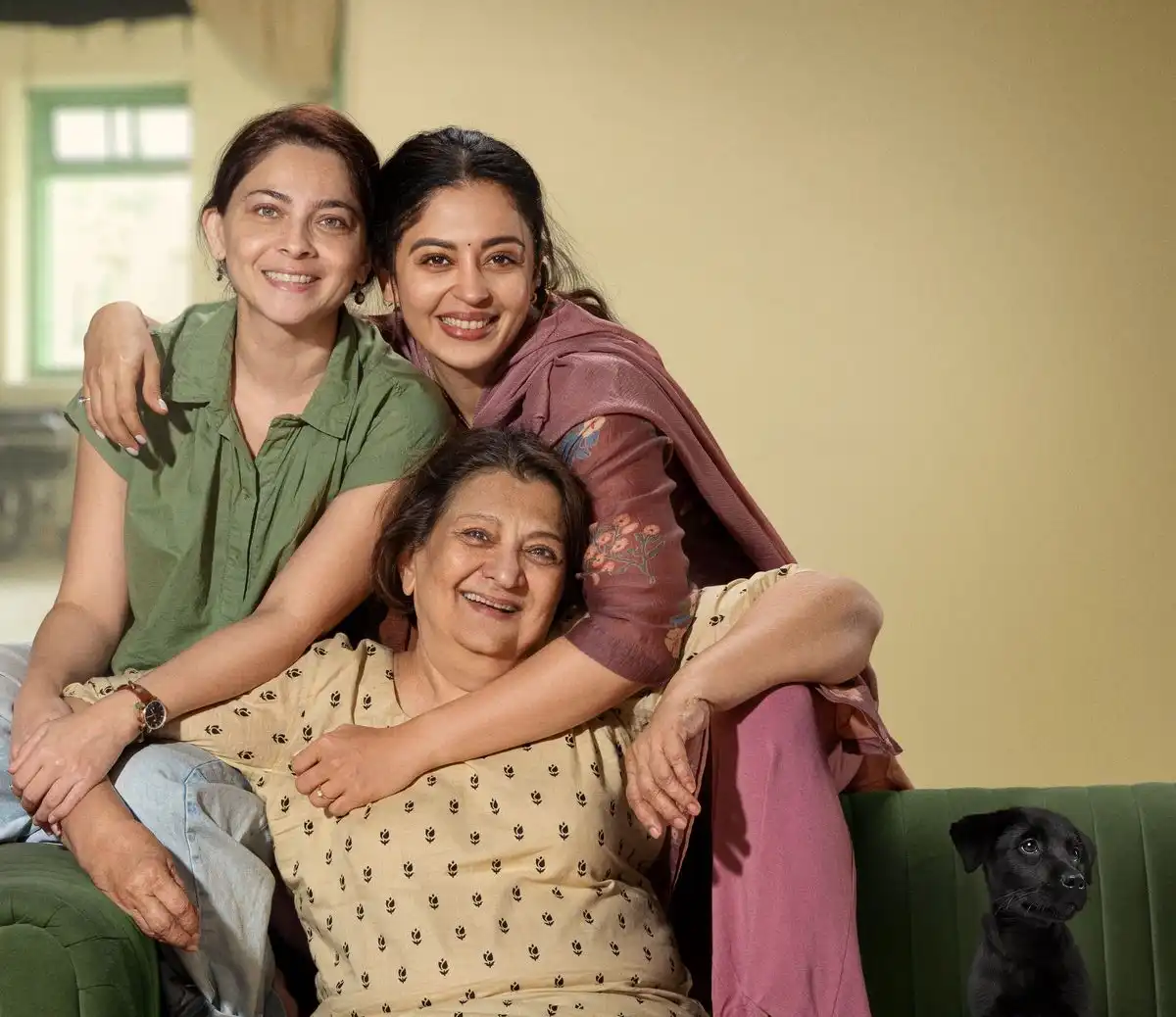Actor-producer Namita Lal who is known for her projects Before Life After Death, Lihaaf: The Quilt, Country of Blind, Made In Heaven as well as Oxygen, says that she has always been enveloped in a world where cinema played a predominant role. She says that she was exposed to a lot of cinema while growing up.
“I was born and brought up in households in Lucknow, Calcutta, Delhi, and Jaipur where cinema, music, dancing, and theatre were part of the DNA. Both my parents are ardent cinema and theatre lovers; my mother is a trained singer who studied under Begum Akhtar and graduated from Bhatkhande University. My dad was a professor of English literature at Lucknow University before he became a government servant. Cinema and music surrounded me from a very young age, so I developed a fondness for the arts and music. In college, I developed a real love for theatre after participating in a big theatre production at Kamani in Delhi. Being part of St. Stephen reignited my passion for theatre, as the theatre scene is prevalent in Delhi. That’s how I became very interested in the field of acting,” she says.
She adds, “Again, because my parents were ardent cinema lovers, I was exposed to a lot of the kind of films that they would watch in those days. So, whether it was Raj Kapoor’s Barsaat, Ganga Jamuna or films like Do Bigha Zamin by Bimal Roy, Meena Kumari, and all of that cinema from that time. And then there was growing up with Bobby and Sholay and all of the wonderful stuff of the 80s and 90s. It was just wonderful cinema in those days, and I think that art was so ingrained in me. Just looking at the discussions we used to have at home after we came back from watching films, even a Dev Anand film like Manoranjan. I watched Zeenat Aman from a very young age, so we used to have discussions, and the family was very modern in their thinking. It was very inspiring to have serious debates with my dad and my mom. So yeah, that’s how my love for cinema stayed very alive even through my banking career.”
Ask her what changes she feels have taken place in the film industry, she says, “There were lots of changes in the type of cinema. I recently participated in a panel discussion on female sensuality and the treatment of women’s stature in Indian Cinema over the years, and I spoke about the genre, Satyajit Ray, Raj Kapoor, how they used to look at relationships and how it was, it was so open, liberated, and experimental in human relations. Then, it changed over the 80s and 90s. Today, again because of OTT and the exposure people have to the world of cinema, the style is changing. So yeah, it’s an ever-changing medium, going through some rapid changes now with the whole paradigm shift in the way people watch content. That automatically changes the way cinema is being made as well. And of course, the ease of shooting a film makes it much different. You don’t have to spend huge budgets and months into making a film; it’s faster and reaches the audience faster. All kinds of age groups are being given an opportunity to do good characters and good roles.”




